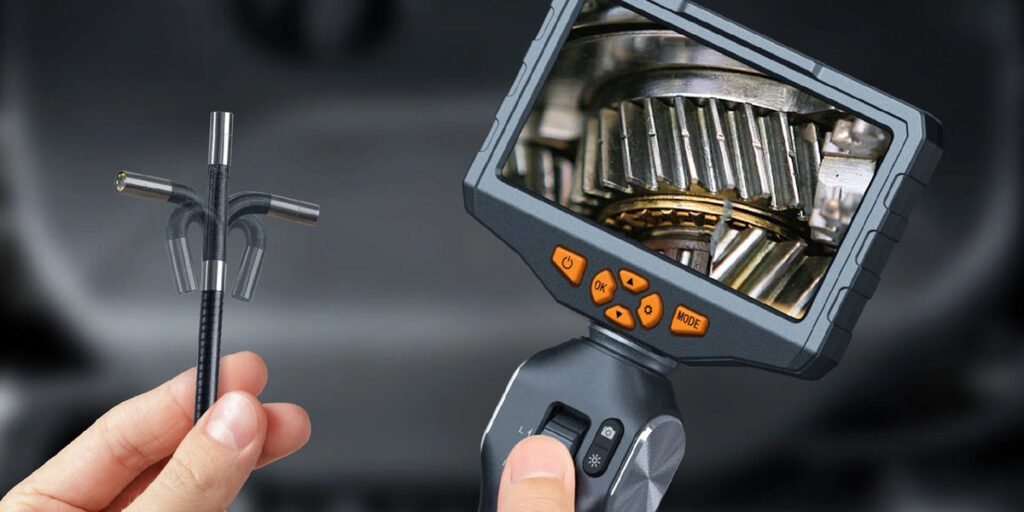Introduction
Some plumbing issues are loud and obvious: a burst pipe, a clogged drain, or a dripping faucet. Others work quietly in the background, silently damaging your home and inflating your bills until the effects become too costly to ignore.
These hidden plumbing problems often go unnoticed because they occur out of sight—behind walls, under floors, or within ceilings. But make no mistake: what you can’t see can hurt you. From slow leaks to aging pipes, unseen plumbing issues are among the most expensive home repairs when left unchecked.
Being proactive about plumbing repair starts with knowing what signs to look for, understanding where the risks lie, and making smart decisions before a small inconvenience turns into an emergency. While not every issue requires immediate action, recognizing hidden threats is essential to long-term protection.
Subtle Signs You Might Be Missing
It’s easy to miss the early signs of plumbing failure, especially if water isn’t visibly leaking. Here are some common symptoms that might point to more serious underlying problems:
- Unexplained increases in your water bill
If your usage habits haven’t changed, rising costs could signal a hidden leak. - Low or fluctuating water pressure
This might suggest a blockage, corrosion inside pipes, or even a slow leak behind walls. - Stained or bubbled drywall and ceiling patches
Discoloration or soft spots can be caused by a persistent water leak from an upstairs bathroom or damaged pipe. - Mold or mildew odors
A musty smell is a clear sign that moisture is collecting somewhere it shouldn’t be, often due to poor drainage or a hidden drip. - Warm spots on the floor
This may indicate a leaking hot water line beneath a slab foundation.
These subtle warnings are often the only clues that something is going wrong within your plumbing system.
Common Hidden Plumbing Problems
1. Slab Leaks
Slab leaks occur when water pipes running beneath a home’s concrete foundation begin to leak. These can be caused by corrosion, shifting soil, or poor installation.
Risks include:
- Foundation damage
- Warped flooring
- Mold growth
If you notice warm spots, cracks in walls, or high water bills with no visible leak, it may be time to call a plumber experienced in slab leak detection.
2. Aging or Corroded Pipes
Older homes, especially those built before the 1980s, often have galvanized steel or cast iron plumbing. These materials corrode over time, reducing water flow and weakening pipe integrity.
Signs of corrosion include:
- Discolored or rusty water
- Metallic taste in tap water
- Low water pressure in specific fixtures
Pipe corrosion doesn’t always show up immediately but can lead to major leaks or contamination if left unchecked.
3. Slow Leaks Behind Fixtures
A tiny drip under a sink or within a wall cavity might not seem urgent. But over weeks and months, that moisture builds up—leading to rot, mold, and structural damage.
These leaks often happen:
- Around toilets with loose seals
- Behind showers or bathtubs
- Under dishwashers or washing machines
Routine checks and early plumbing repair are the best defenses against costly damage from hidden leaks.
4. Poorly Installed Appliances
New installations like dishwashers, washing machines, or water heaters can be sources of hidden trouble if connections aren’t sealed correctly. A minor misalignment or loose fitting may go unnoticed—until your laundry room floor starts to warp.
Periodic checks around appliances, especially after recent installation, are key to avoiding hidden water waste or property damage.
The Hidden Costs of Ignoring These Problems
While small leaks may seem manageable, ignoring them often leads to exponentially larger issues:
- Structural deterioration from persistent moisture
- Health risks from mold and mildew buildup
- Increased utility bills from wasted water or inefficient fixtures
- Emergency plumber costs when a minor issue escalates into a crisis
- Premature water heater replacement if sediment buildup or leaks are ignored too long
Maroon Plumbing emphasizes that what seems like an inconvenience today can become a renovation project tomorrow. Preventive attention is always more affordable than restoration.
Diagnosing the Problem Early: What You Can Do
Not every hidden issue requires specialized tools to detect. Homeowners can take simple steps to keep an eye on what’s happening behind the scenes.
Monitor Your Meter
Turn off all water sources, then check your water meter. If the numbers are still moving, you may have a hidden leak.
Perform a Pressure Test
Inconsistent pressure often points to internal blockage or pipe corrosion. If only certain faucets are affected, it could be localized. If it’s widespread, the issue might be deeper within the system.
Use Your Senses
- Sight: Look for water spots, bubbling paint, or warped wood.
- Smell: Sniff for mustiness or earthy odors.
- Sound: Listen for dripping or running water when fixtures aren’t in use.
Being attentive to these cues gives you a head start in identifying plumbing concerns.
The Importance of Annual Plumbing Checks
Most plumbing systems don’t fail overnight. Problems build over time—often silently. That’s why annual inspections are so valuable. A professional plumber can use diagnostic tools such as moisture meters, video pipe inspections, and thermal imaging to catch what you can’t see.
These inspections are especially critical for:
- Older homes with aging infrastructure
- Properties with recent renovations or appliance changes
- Homes in areas with hard water or frequent temperature shifts
A thorough inspection can also assess the performance of your water heater and determine if water heater replacement should be considered before failure occurs.
What to Ask When Hiring a Plumber
If you suspect a hidden issue or need an inspection, choosing the right plumber makes all the difference. Ask these questions before hiring:
- Are you licensed and insured?
- Do you offer leak detection services?
- Can you inspect my water heater and fixtures for wear?
- Will I receive a written estimate for all recommended repairs?
Being informed helps you make decisions based on facts—not fear.
Conclusion
Plumbing problems don’t always announce themselves with noise or visible damage. In fact, the most costly issues are often the ones hiding quietly behind walls, under floors, or inside outdated pipes.
By learning the subtle signs of trouble, performing basic checks, and partnering with a qualified plumber for annual inspections, homeowners can prevent major expenses and preserve the integrity of their homes.
Maroon Plumbing encourages proactive plumbing awareness as the foundation of long-term home care. Because the best repairs are the ones you never have to make—thanks to early action and reliable diagnostics.


